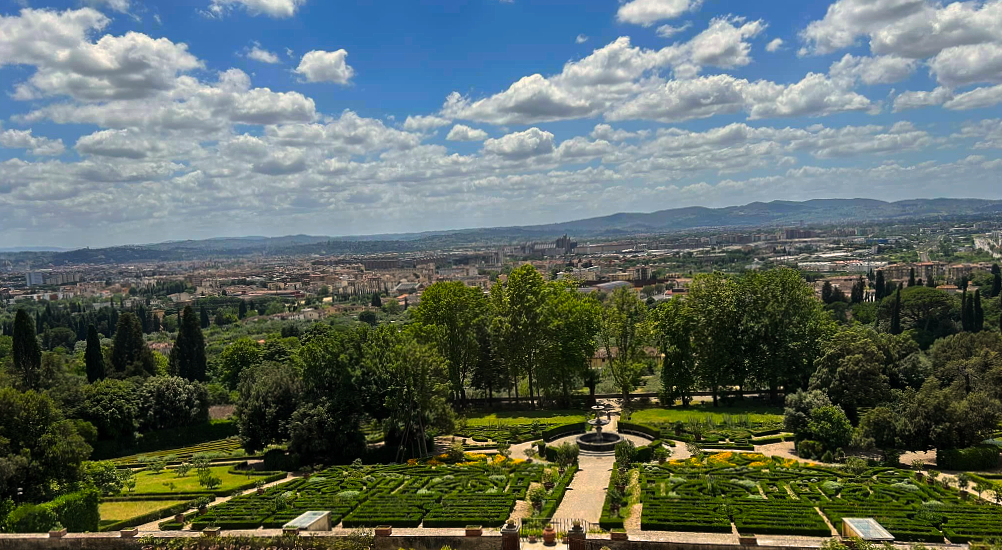
Out of town: Villa La Petraia, a Medici residence
A few kilometers from Florence, in
the hamlet of Castello, is located Villa
La Petraia, one of the most spectacular residences the Medici family left us.
The residence had several owners,
including the Strozzi family, before passing into the hands of the Medici in
1544. It was Cardinal Ferdinando, who later became Grand Duke in 1587, that
transformed the stately home into a princely residence over the course of a
decade.
The project of the villa developed
around the fourteenth-century tower, while the garden was terraced, using one
part as an orchard, another was decorated with flowerbeds and the last with
citrus trees.

The villa was used as a residence by the Medici family and later by the Lorena and Savoy families, undergoing continuous refurnishings and becoming increasingly enriched with works of art.
One of the most important artworks in the villa is the Fountain of Fiorenza, in whose creation participated also Giambologna, who created the bronze Venus (currently replaced by a copy). It is today found in the park to the east of the residence which was called Piano della Figurina (Plane of the figurine), in reference to the statue.
The interior of the villa is a succession of majestically furnished rooms, pivoting on the central ballroom, once an open-air courtyard. It was the Savoys who transformed this space in 1872, by providing it with a glass and steel roof, which in addition to keeping the room bright also provided precious protection for the conservation of the frescoes that decorate the courtyard.

The two main walls were frescoed by Cosimo Gaddi around 1590 and depict the deeds of Goffredo di Buglione at the capture of Jerusalem. The side loggias, represent the Fasti Medicei, painted by Volterrano between 1637 and 1646.
It is difficult to describe all the rooms and artworks that furnish Villa la Petraia, the entire property is a treasure chest: precious tapestries from the Flemish era, statues, paintings, Chinese watercolours, luxurious furniture from the Savoy era and splendidly preserved frescoes. The only way to fully appreciate it is to go and visit this place in person!



